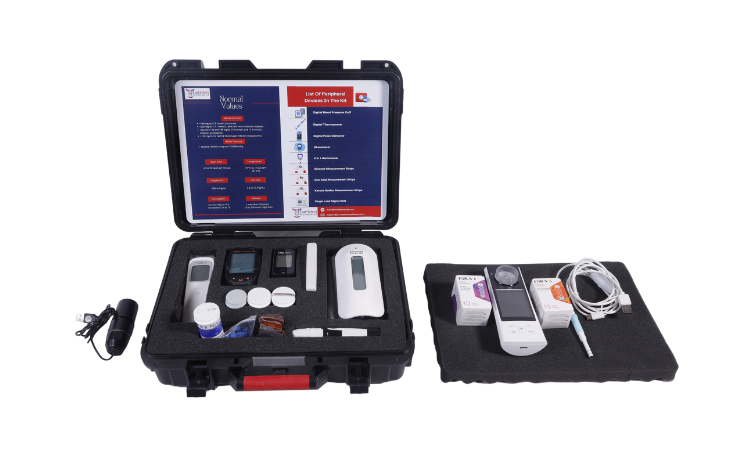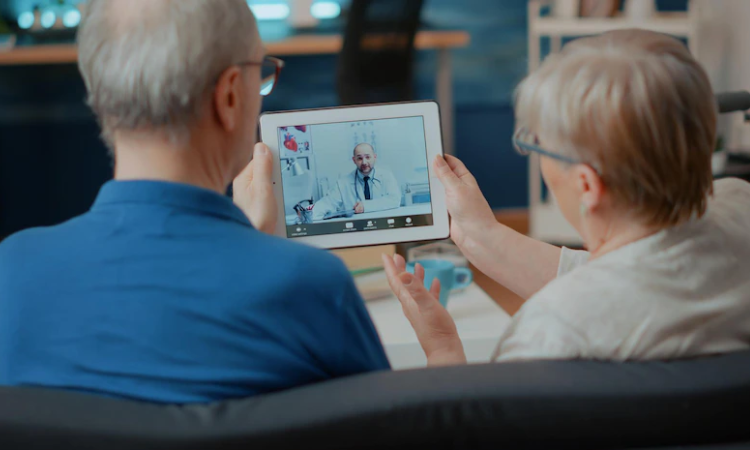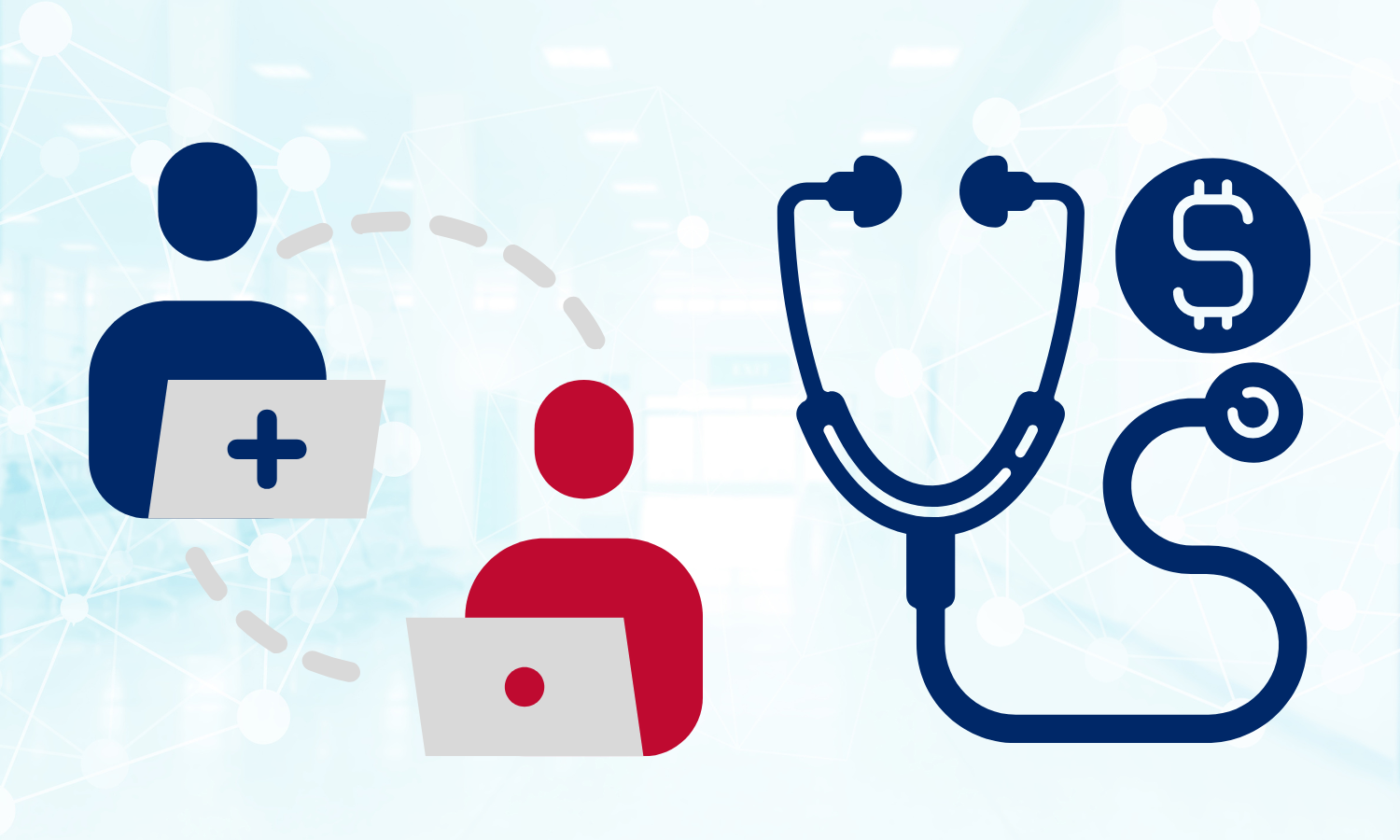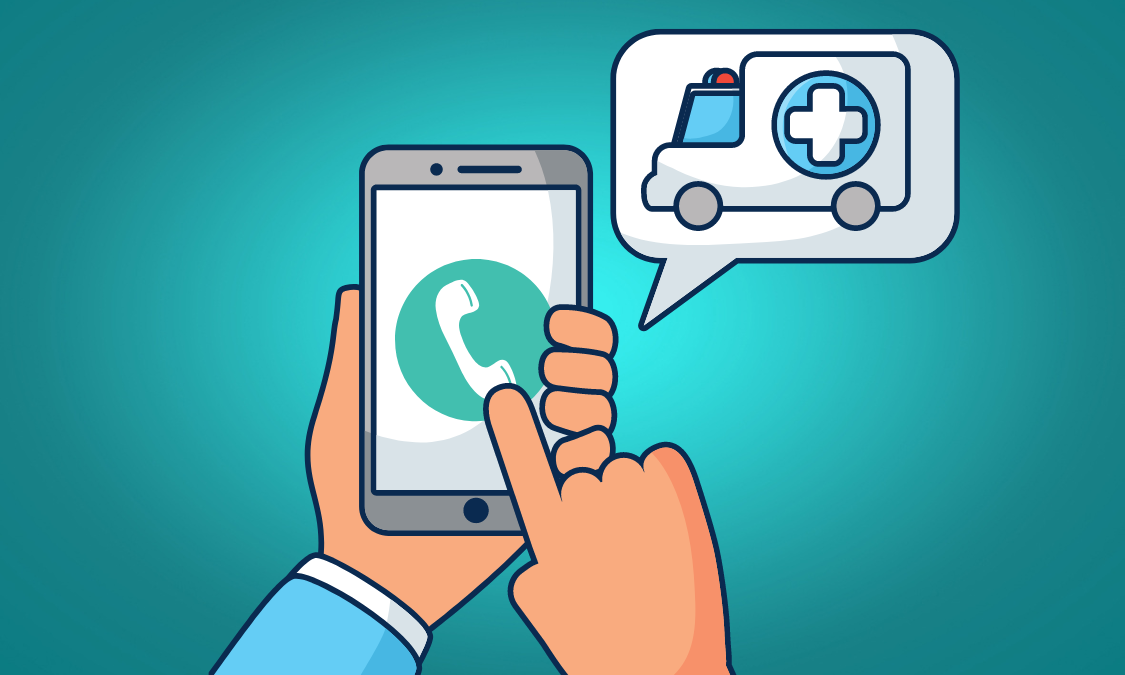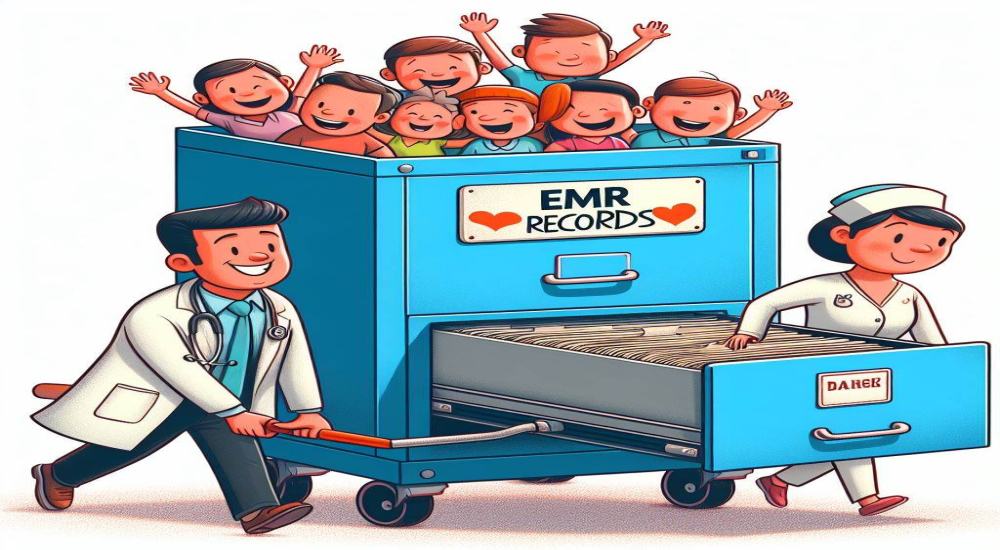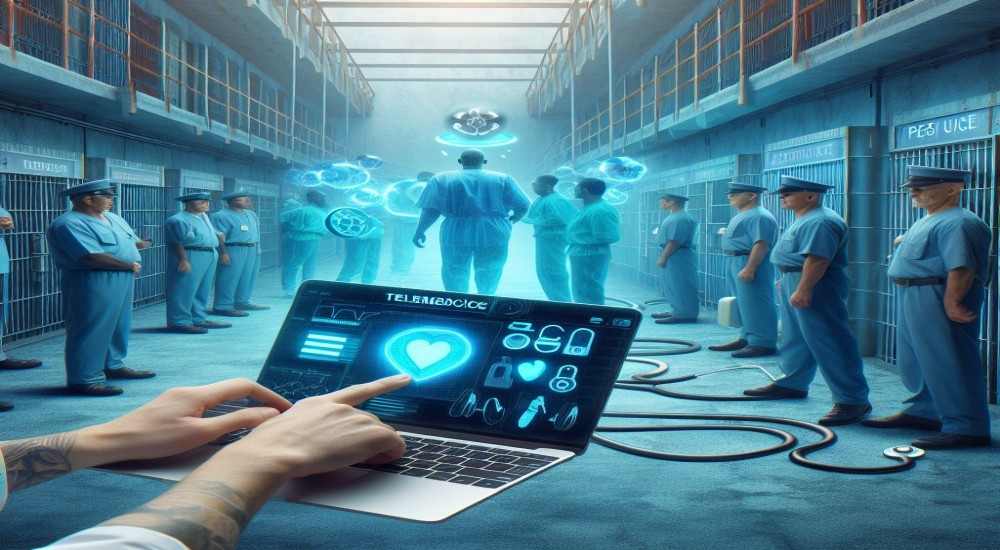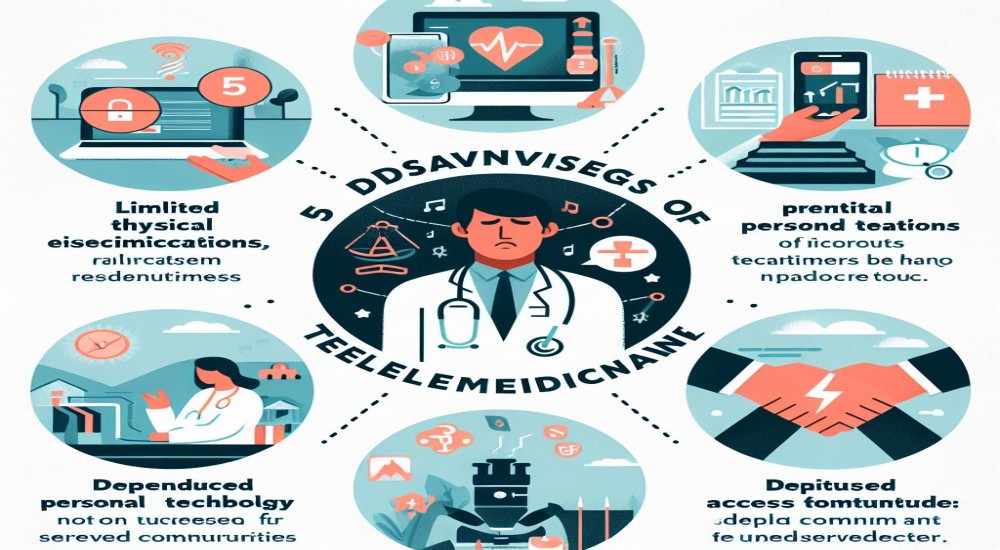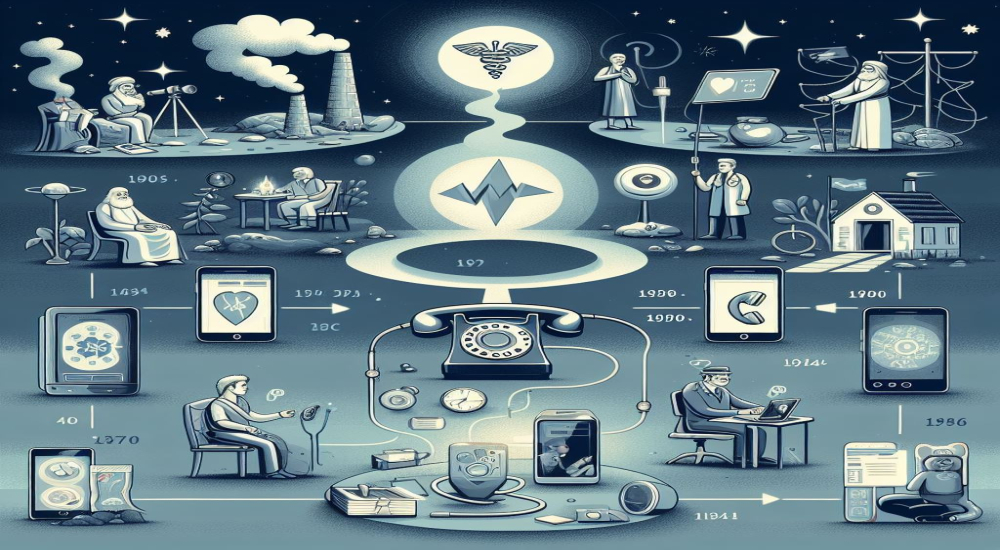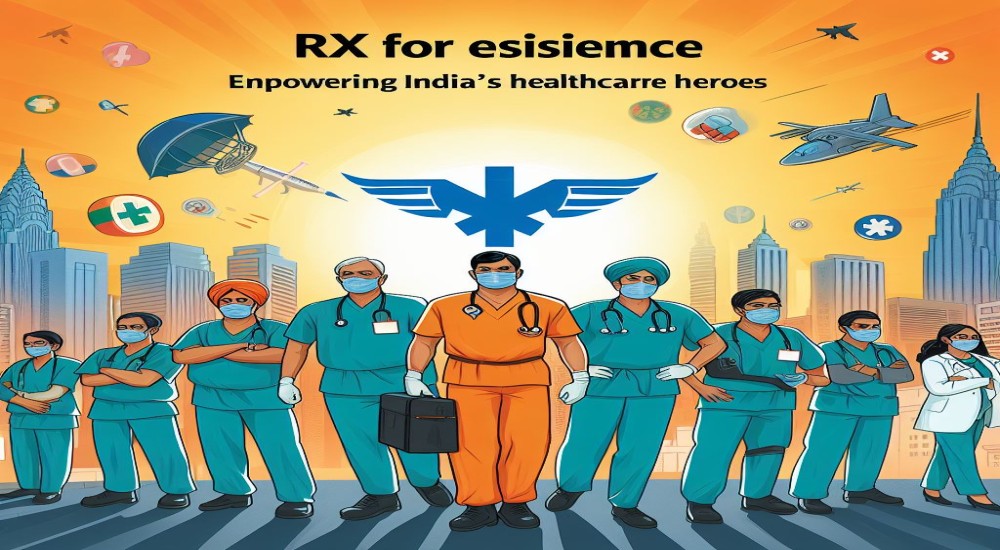Bridging Gaps in Pediatric Neurology Care: Tele-Neurology in India
In India, the burden of neurological disorders among children is significant, affecting their quality of life and posing challenges to families and healthcare systems alike. From developmental delays to epilepsy, the spectrum of pediatric neurological disorders is vast and diverse. However, access to specialized care remains limited, particularly in rural and remote areas where the majority of the population resides. Fortunately, advancements in telemedicine offer a promising solution to bridge this gap and ensure equitable access to neurological care for all children in need.
Prevalent Neurological Disorders in Children
Neurological disorders in children encompass a wide range of conditions affecting the brain, spinal cord, and nerves. Some of the most common disorders observed in India include:
- Epilepsy: is one of the most prevalent neurological disorders in children, characterized by recurrent seizures. In India, an estimated 5 million people suffer from epilepsy, with a significant portion being children.
- Cerebral Palsy: Cerebral palsy is a group of disorders that affect movement and posture, often resulting from damage to the developing brain. It affects approximately 3 in every 1000 live births in India.
- Autism Spectrum Disorder (ASD): ASD is a developmental disorder that affects communication, behavior, and social interaction. While the exact prevalence in India is not well-documented, increasing awareness has led to more diagnoses in recent years.
- Developmental Delay: Developmental delay refers to a significant lag in achieving developmental milestones, such as walking, talking, or socializing. It can be caused by various factors, including genetic conditions, birth injuries, or environmental factors.
There are other disorders that can affect children with emotional, physical abuse or prolonged neglect but as these are exceptions rather than the norm we focus on the more commonly seen disorders.
Challenges in Accessing Neurological Care
Despite the prevalence of neurological disorders among children in India, accessing specialized care remains a significant challenge, particularly in rural and underserved areas. Several factors contribute to this disparity:
- Shortage of Pediatric Neurologists: India faces a shortage of pediatric neurologists, with the majority concentrated in urban centers. This scarcity limits access for children in remote areas who require specialized care.
The number of such specialists and the number of new graduates joining their ranks every year is severely limited as the admission criteria and the number of seats in the country are very limited. Moreover, the vast majority of them are clustered around urban and metro cities where there are large multi speciality hospitals and good living conditions. This means that the government is unable to offer the monetary compensation that can entice doctors to stay in rural service, primarily due to a holistic lack of infrastructure in rural areas.
- Distance and Transportation: Many families residing in rural areas must travel long distances to reach healthcare facilities equipped to handle neurological disorders. Limited transportation options and associated costs further hinder access to care.
In rural and remote areas the transportation network is often lacking and for parents to take their children to the nearest neuro specialised hospital (which is often in key cities) can take days of travel. Frequent visits mean the loss of working days and income for parents who may already be struggling to make ends meet.
- Lack of Awareness and Stigma: There is often a lack of awareness about neurological disorders in many communities, leading to delays in seeking appropriate care. Moreover, stigma surrounding conditions such as epilepsy and cerebral palsy can result in social isolation and discrimination.
Mental health issues are still looked down upon in India and often associated with superstitions, mysticism, religious cures, shamanism and often very detrimental treatments that can include rituals, beating, starvation, avaricious money grabbing from clergy, traumatizing practices that can be harmful for the physical and mental health of the child.
The Role of Tele-Neurology
Telemedicine, particularly tele-neurology, holds immense potential to address these challenges and improve access to neurological care for children across India. Tele-neurology involves the use of telecommunications technology to provide remote diagnosis, consultation, and treatment for neurological conditions. Here's how it can make a difference:
- Remote Consultations: Tele-neurology enables pediatric neurologists to conduct virtual consultations with patients and their families, regardless of their geographical location. This eliminates the need for extensive travel, making it easier for families in remote areas to access specialist care.
There are programs such as the Ayushman Bharat initiative that seeks to connect people in need of medical consultations with government service doctors, but the system is still bogged down with inefficiencies and many a time doctors don't answer calls, or junior doctors with a lack of clinical experience field the calls. This means that a parent seeking a neurologist may connect to an Ophthalmologist, which serves no purpose. However, the government and various private organisations are trying to streamline specialist care to those that need them.
- Educational Outreach: Telemedicine platforms can be utilized to disseminate information and raise awareness about neurological disorders among communities, empowering parents and caregivers to recognize symptoms early and seek timely intervention.
The removal of stigmas surrounding learning disabilities (which is much better in western countries with special schools, classes and courses for students having them) is vital as this impacts the schooling and thus the future career opportunities of children. Having basic information on illnesses such as seizures, autism, etc, can help parents and teachers recognize symptoms and get the children in for treatment at an earlier age.
- Continuity of Care: For children with chronic neurological conditions such as epilepsy or cerebral palsy, regular follow-up appointments are essential. Tele-neurology ensures continuity of care by facilitating remote monitoring and follow-up consultations, reducing the burden on families and healthcare systems.
For many neurological disorders follow up consults involve talking with the child and the parents and checking on how well or how poorly the child is doing with the current treatment plan and adjusting the dosages of medications accordingly or add new treatment methods and medicines. These can be done over a teleconsult call between the doctor and the child at their home. The familiar environment will make the child feel at ease and help with the analysis of their condition as well
- Capacity Building: By leveraging telemedicine technology, healthcare providers in underserved areas can receive training and mentorship from expert pediatric neurologists, thereby enhancing their capacity to diagnose and manage neurological disorders locally.
In many villages the health nurse or healthcare worker is poorly educated and often has the same bias and stigmas that are held by the villagers. A regular update of medical knowledge and teaching nurses and Anganwadi workers to recognize the symptoms of mental health can greatly benefit the children and their parents as well.
Challenges and Considerations
While tele-neurology holds promise, its widespread implementation in India faces several challenges, including:
- Technological Infrastructure: Reliable internet connectivity and access to digital devices are essential for successful tele-neurology consultations. Ensuring infrastructure adequacy in remote areas remains a hurdle.
Many government centers are now internet enabled and can serve as a hub for telemedicine activities, enduring that primary health centers and health sub centers have internet access means that doctors and nurses there can connect with their experienced counterparts in the cities
- Regulatory Framework: Clear guidelines and regulations governing telemedicine practices are necessary to ensure quality of care, patient privacy, and legal accountability.
Right now many private players are functioning in the telemedicine sector with unqualified or poorly qualified personnel to provide medical care to unsuspecting patients. This can present a significant trust and malpractice hurdle to the people who are looking to access healthcare for their children via telehealth.
- Cultural and Linguistic Sensitivity: Tele-neurology platforms must be culturally sensitive and language-appropriate to cater to the diverse population of India effectively.
India is a land of myriad languages and dialects, so matching patients to doctorsacross the language barrier becomes a challenge in and of itself
- Digital Divide: Socioeconomic disparities may exacerbate the digital divide, limiting access to telemedicine services for marginalized communities. Efforts to bridge this gap through government initiatives and public-private partnerships are crucial.
Conclusion
In conclusion, tele-neurology has the potential to revolutionize pediatric neurological care in India, addressing the disparities in access and improving outcomes for children with neurological disorders. By leveraging technology to connect patients with specialist care regardless of geographical barriers, telemedicine can ensure that every child receives the timely diagnosis, treatment, and support they deserve. However, concerted efforts from policymakers, healthcare providers, and technology developers are essential to overcome challenges and realize the full potential of tele-neurology in India.

